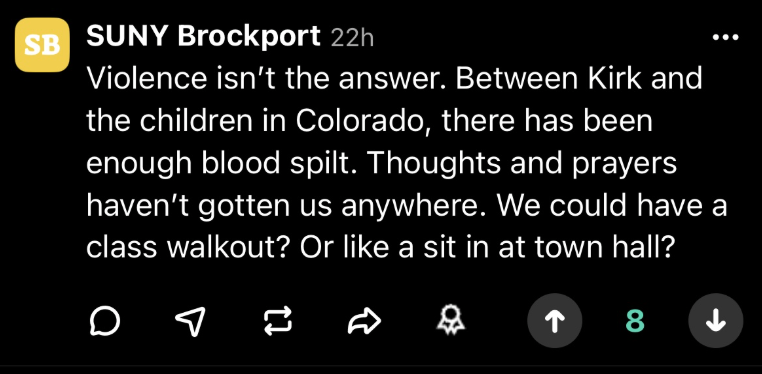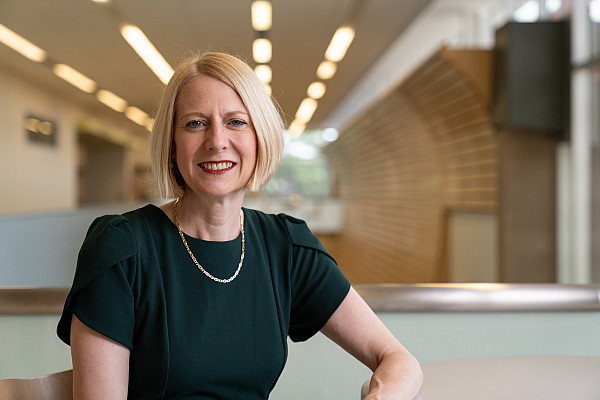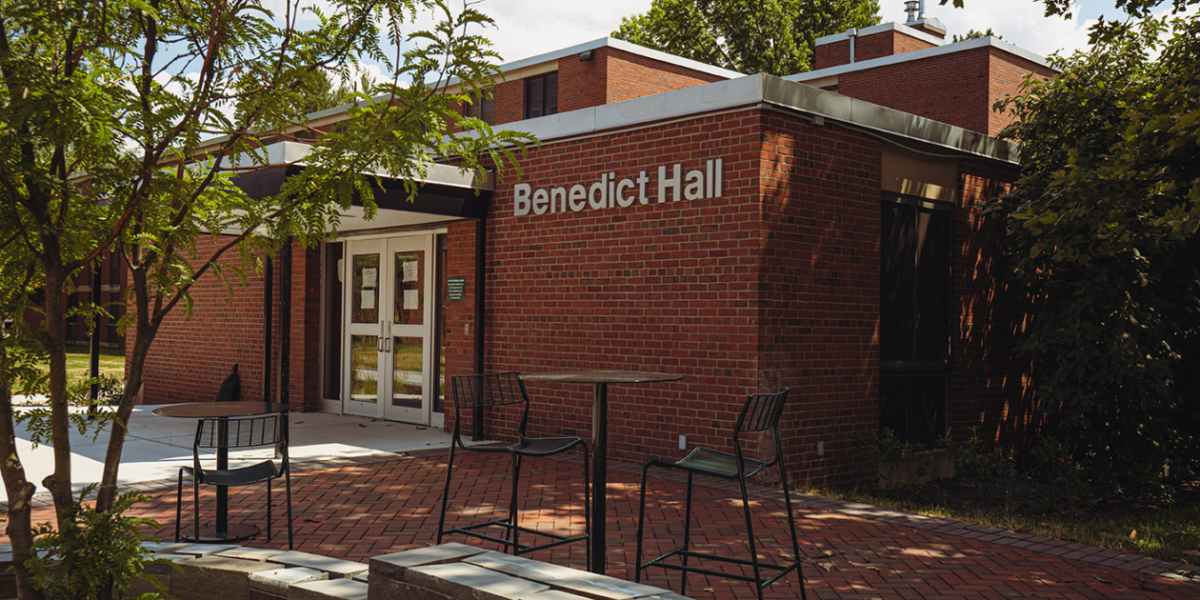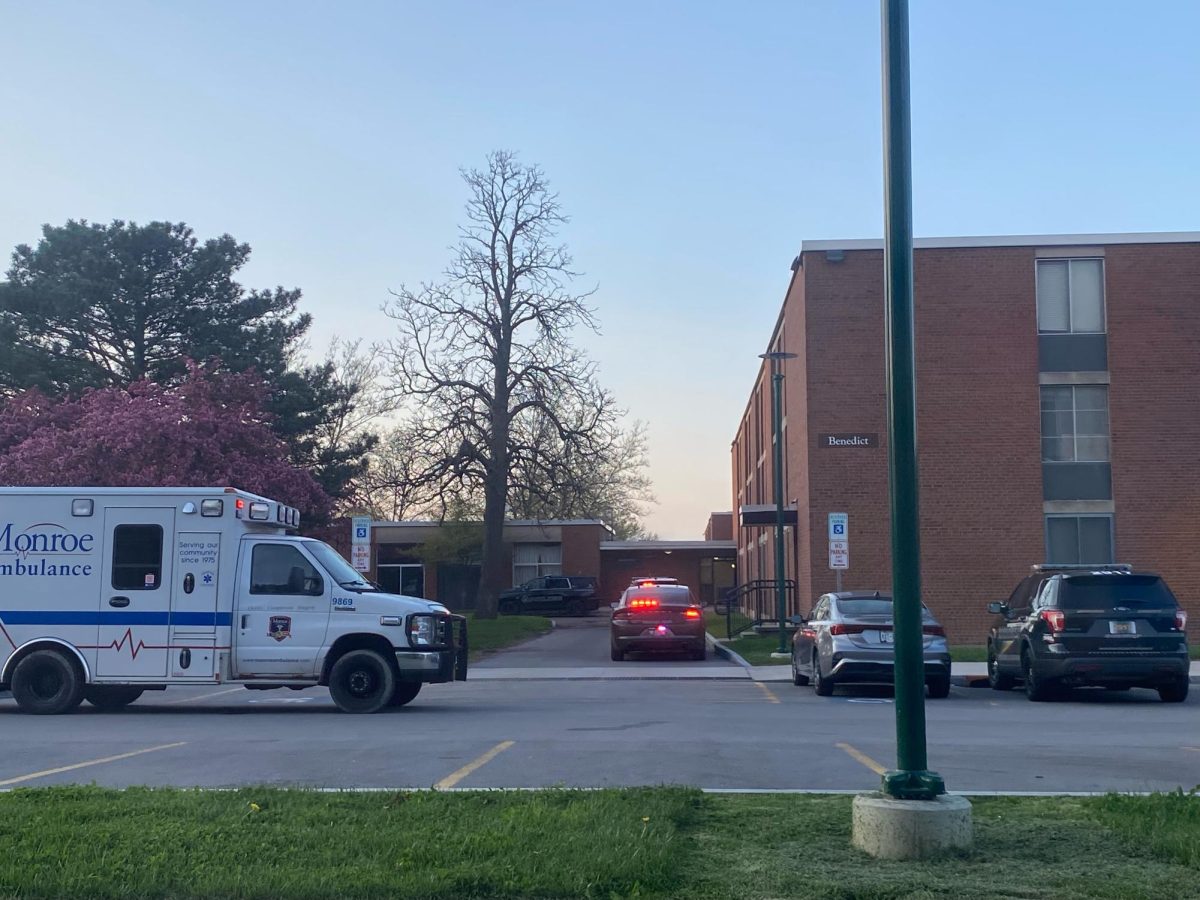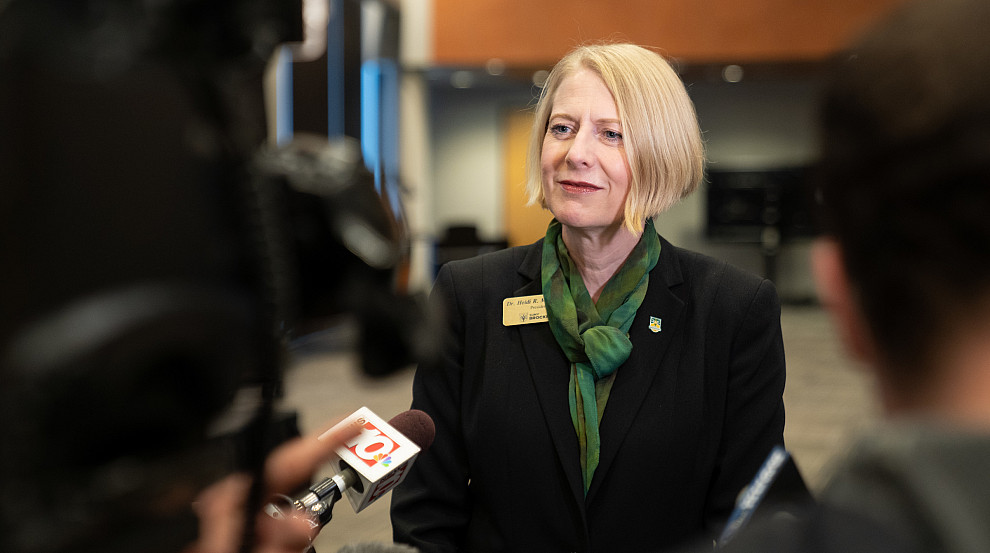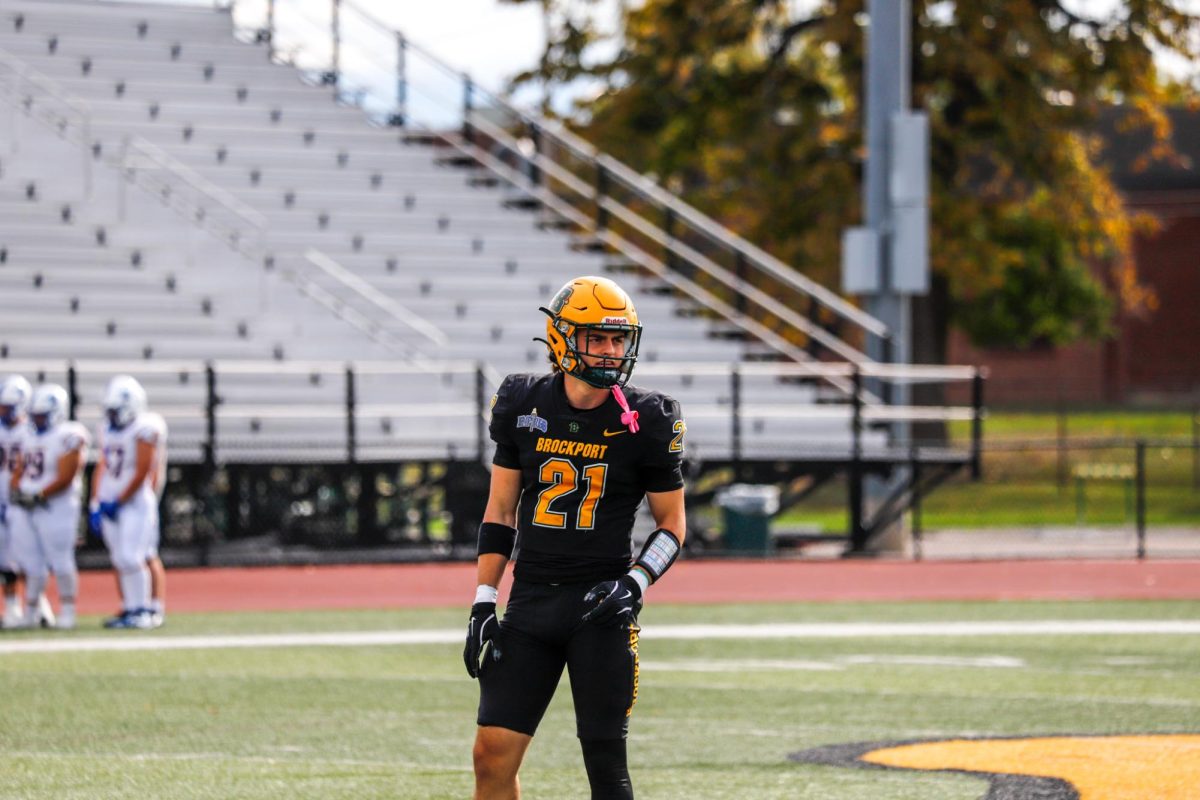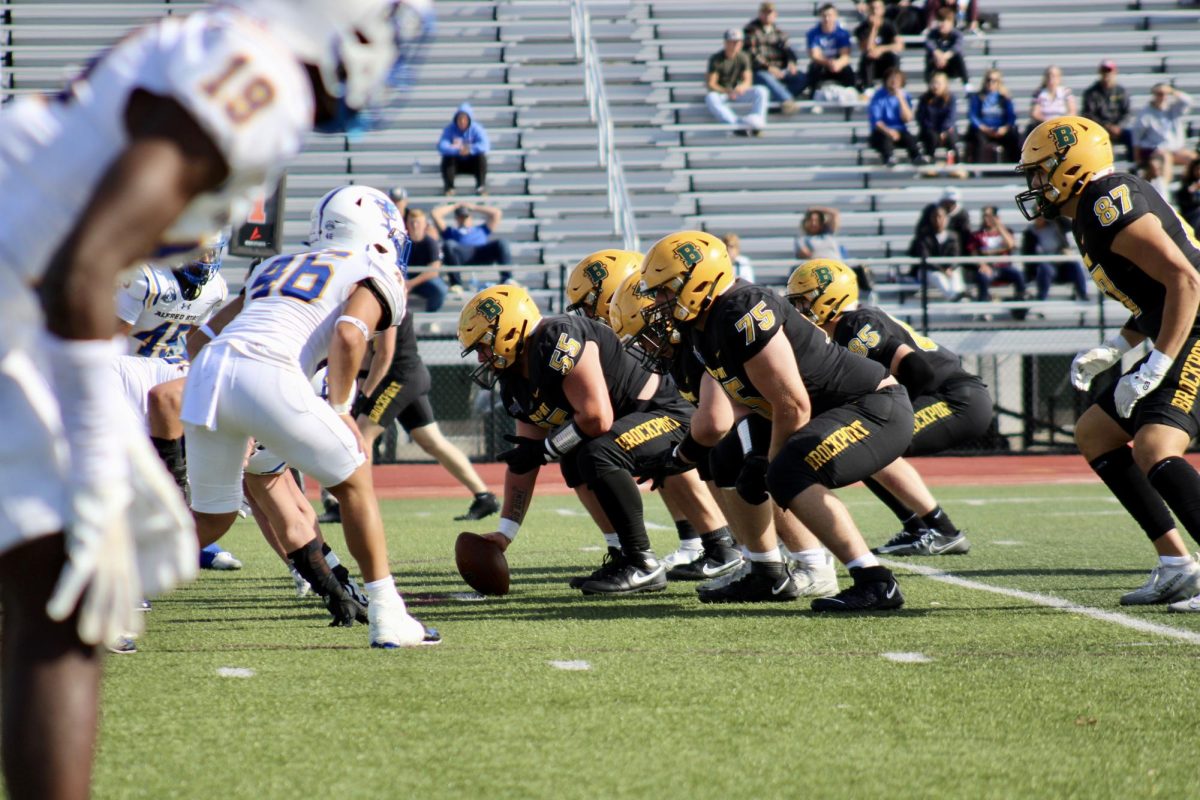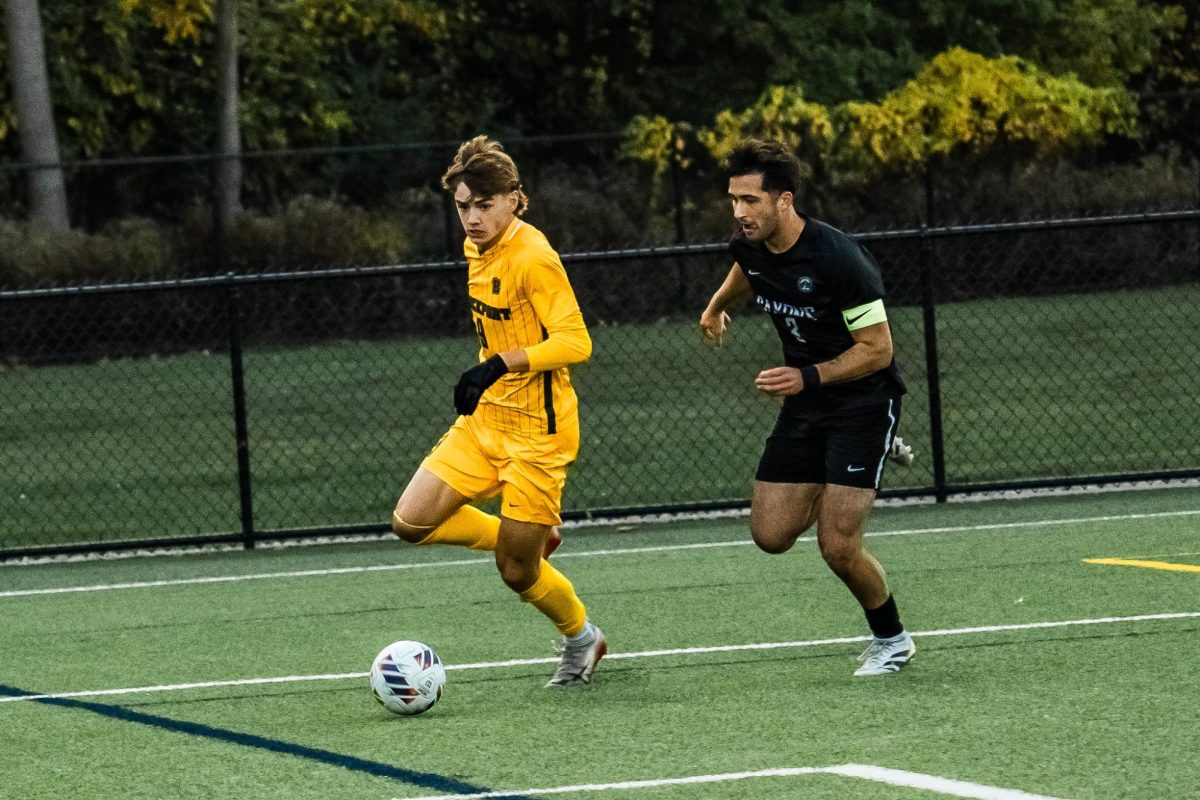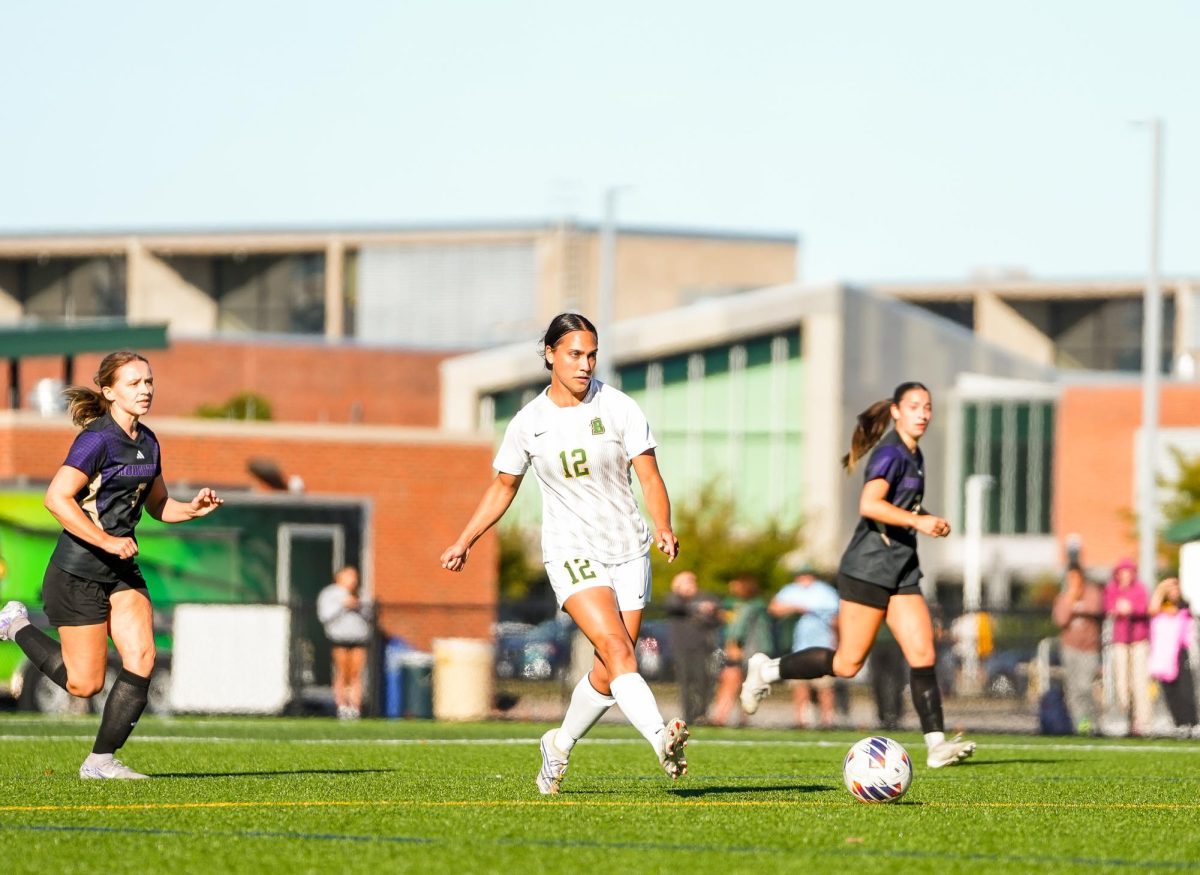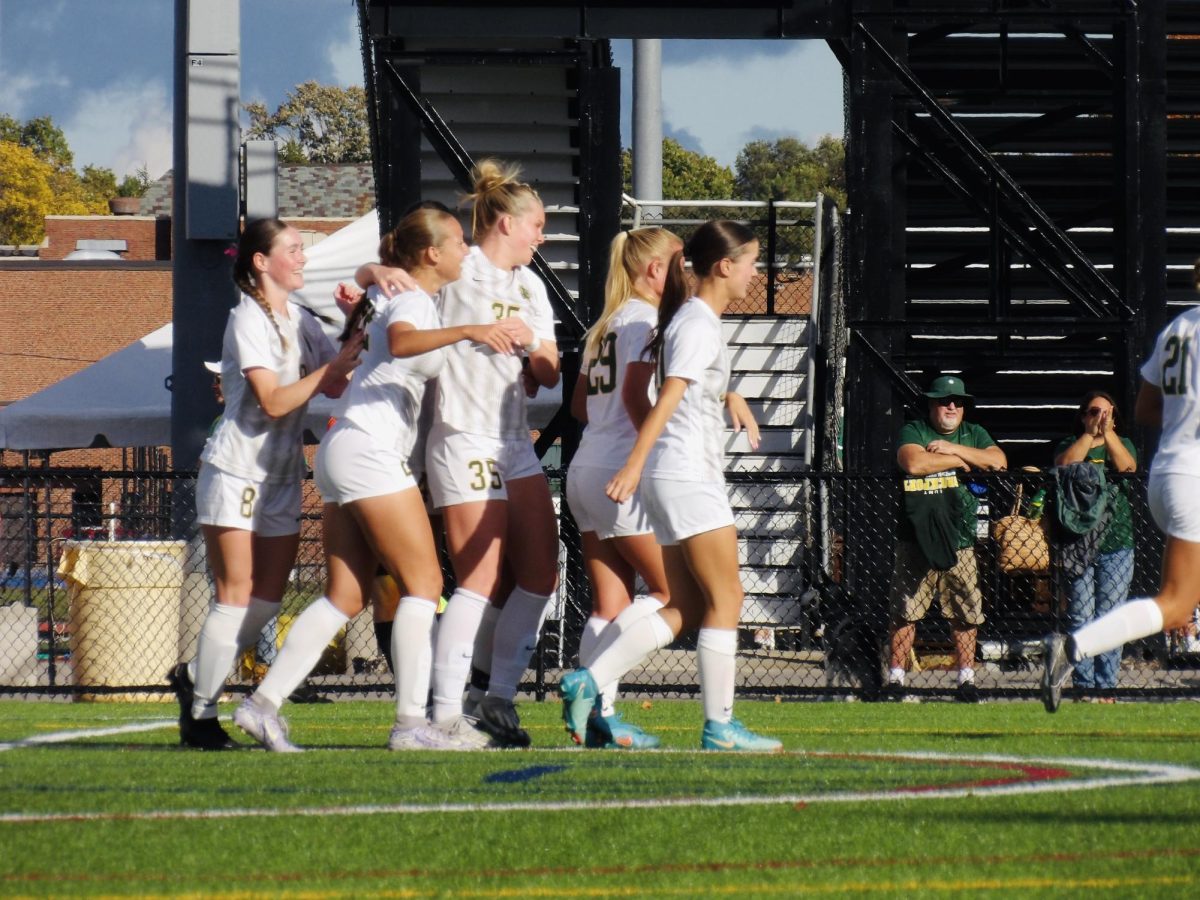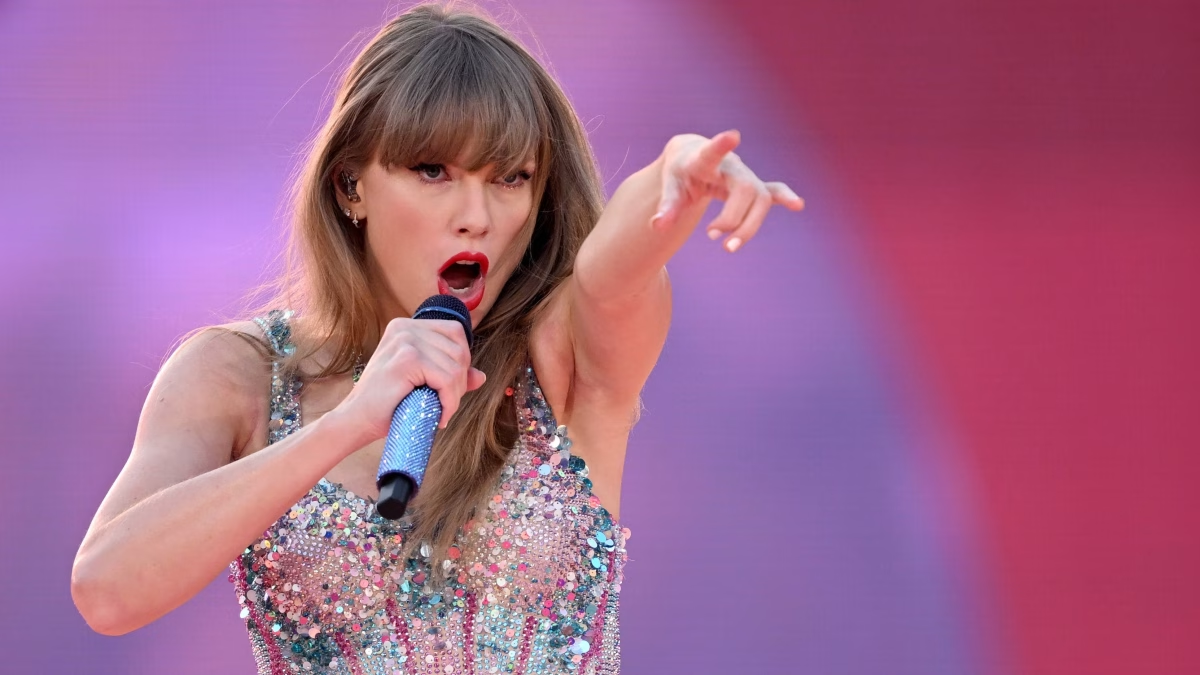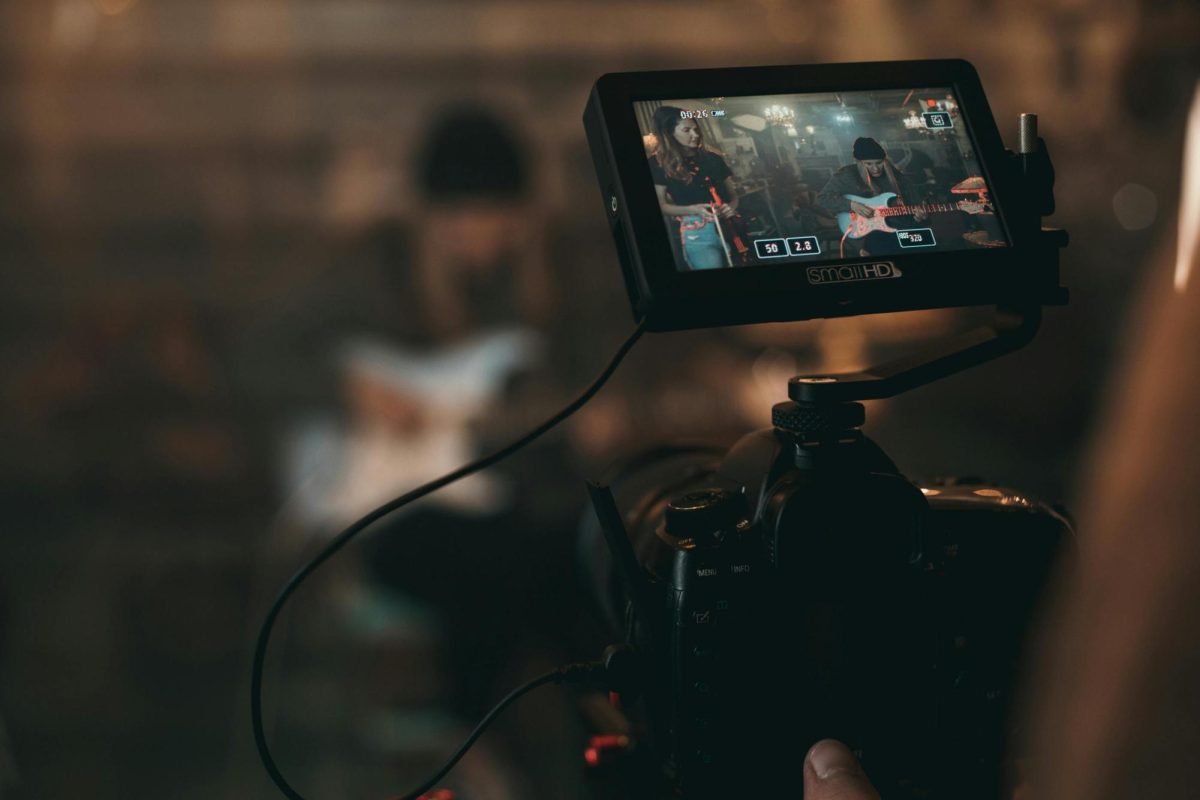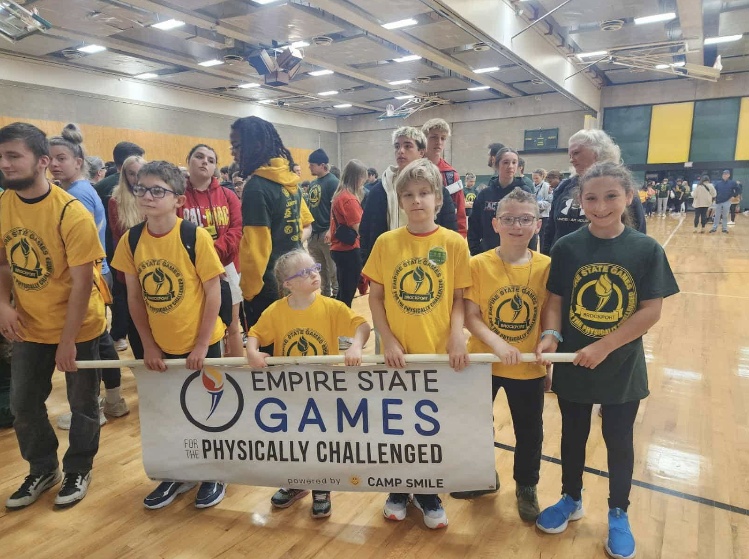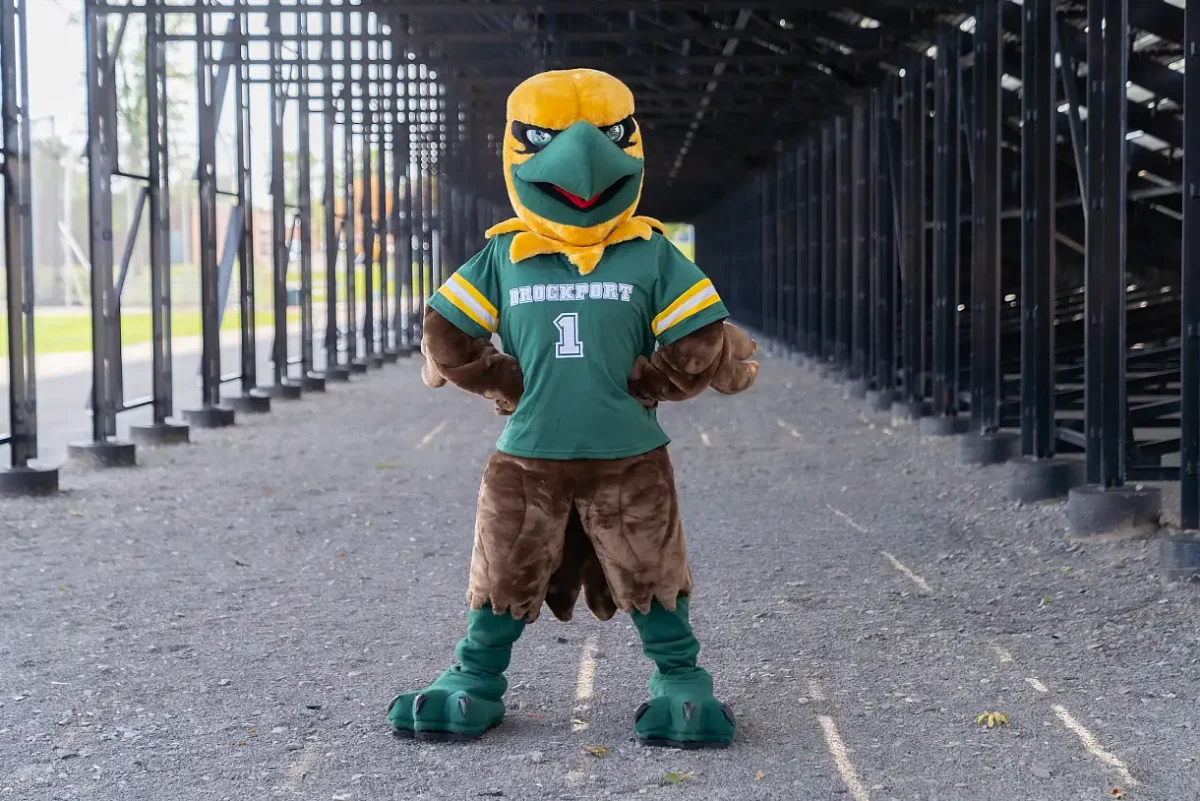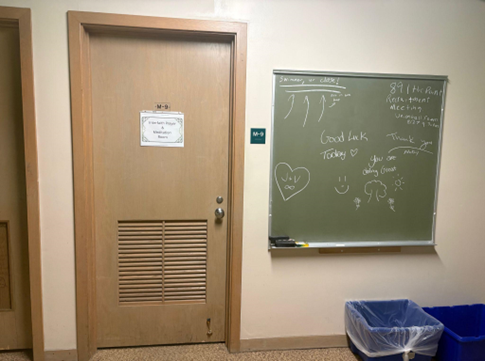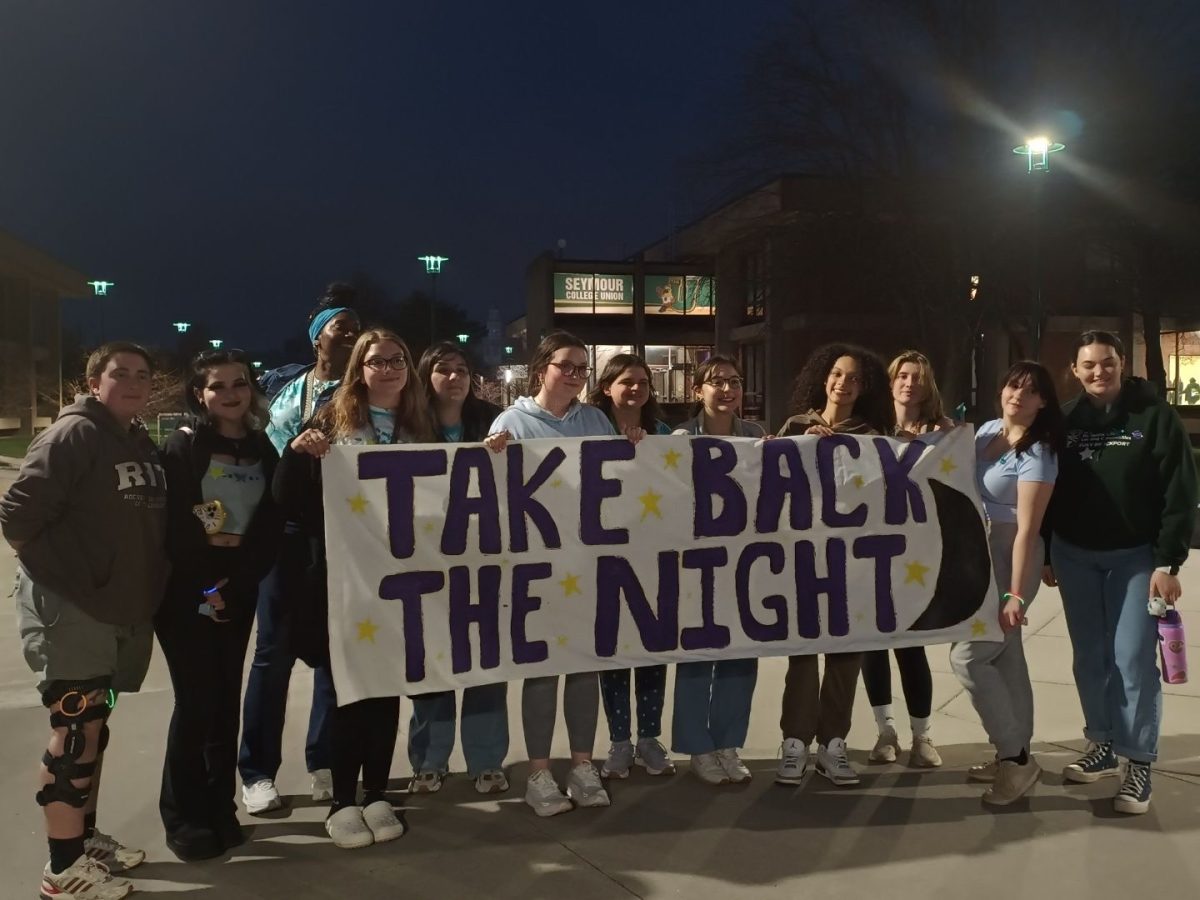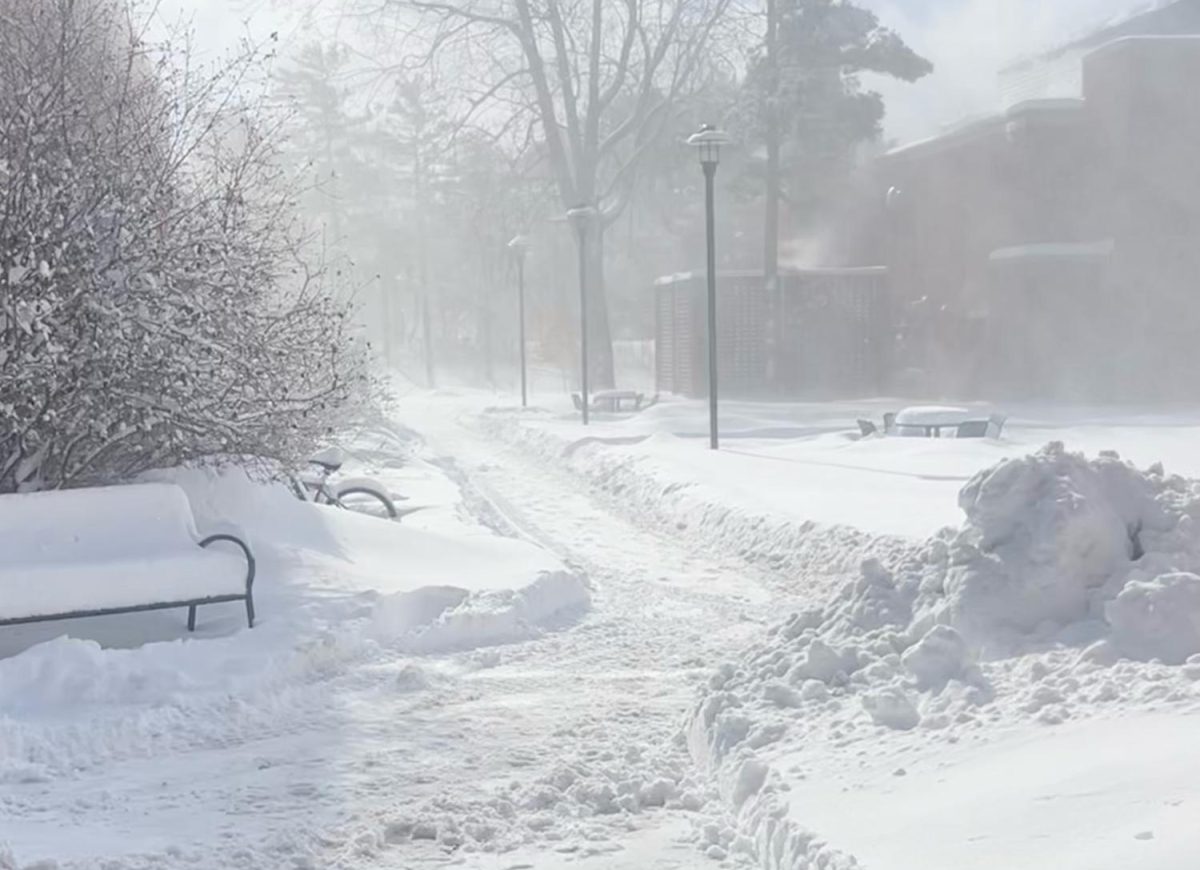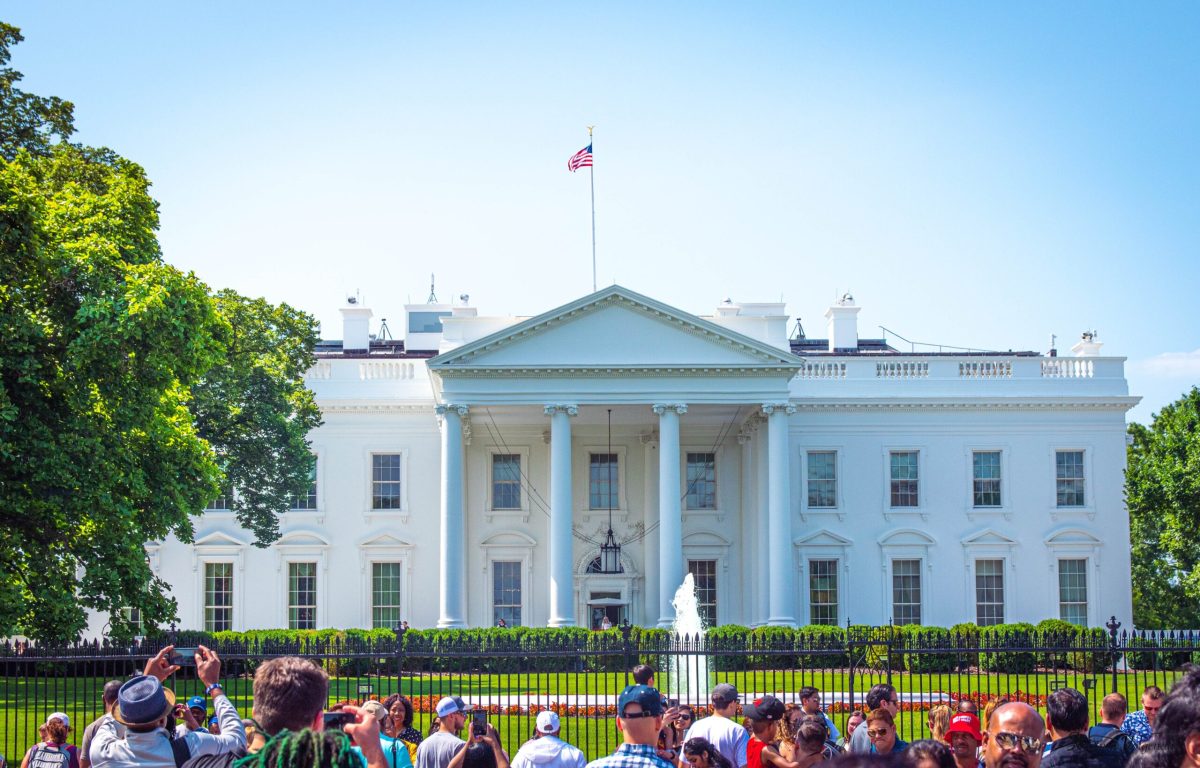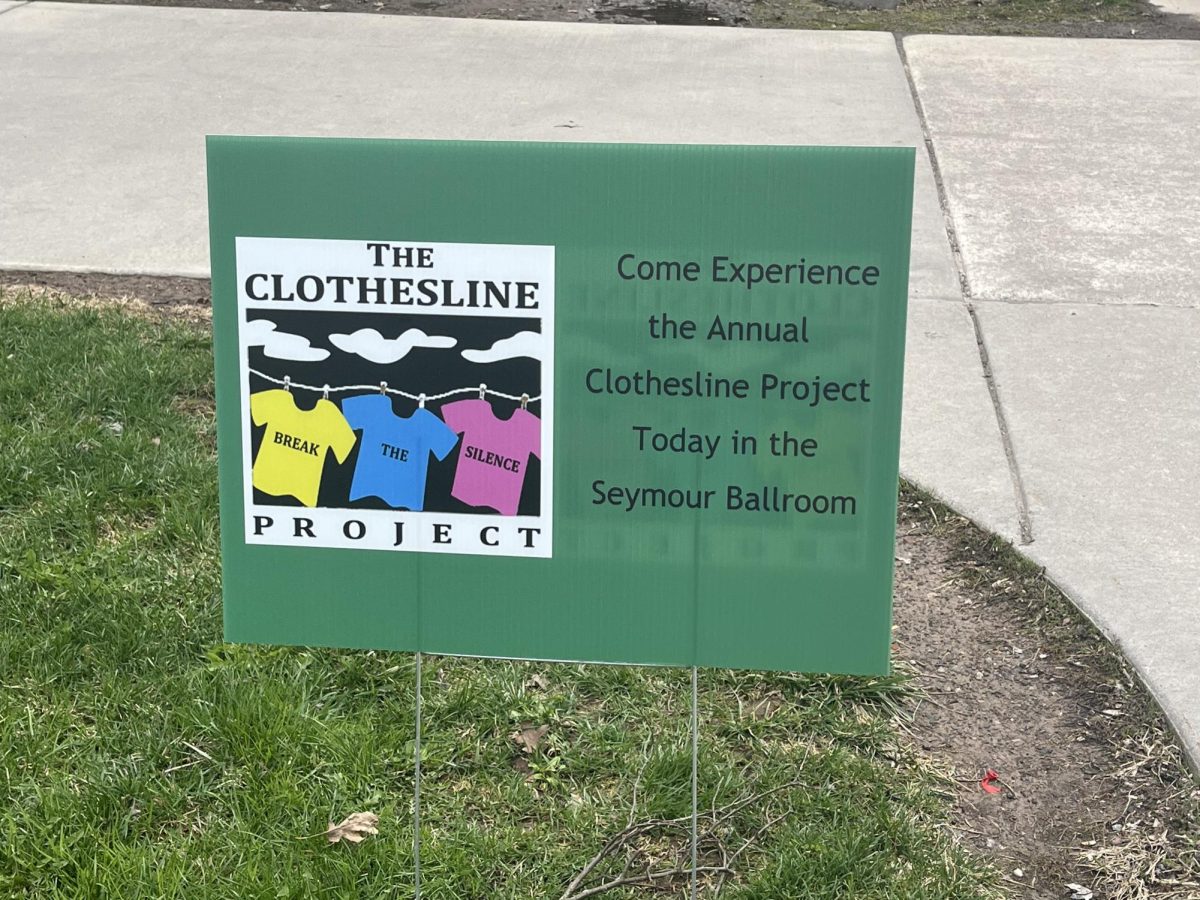The Federal Student Loan Debt Relief Program is formally open for applications.
This program was announced by President Joe Biden in August, which will cancel up to $10,000 in student loan debt for eligible borrowers and up to $20,000 for previous and current Pell Grant recipients.
When the application initially went live, previous Pell Grant recipient SUNY Brockport senior Brian Jimenez didn’t hesitate to apply.
“When I first heard about this, I felt relieved; like a huge weight had just been lifted off my shoulders. It was also kind of satisfying to see something actually being done for students across the nation who struggle financially,” Jimenez said.
Since this announcement, the Biden-Harris Administration has been met with a lot of backlash.
Following several lawsuits, a federal court order last month halted the loan relief process temporarily, coming from the 8th US Circuit Court of Appeals through six Republican-led states. Prior to this court order, the administration could have begun processing applications as early as Sunday, Oct. 23.
For SUNY Brockport sophomore Zymereia Daniels, the news came as a shock.
“I’m so stressed out about school. I’m worried about my financial issues, and my financial issues are messing with my mental health, and then my mental health messes with my education. It’s an endless cycle. If we got that relief, I’d feel a lot better and be able to do better in school. If it doesn’t go through, it’s just getting our hopes up, which isn’t fair,” Daniels said.
The U.S. Department of Education cannot process applications until this court order is resolved, however, eligible individuals are still encouraged to apply.

SUNY Brockport sophomore Cresanna Diaz heard about this court order through one of her friends.
“I was happy when I heard about the loan relief, and then I learned about the hold on it through my friend. We were mad when we found out about that court order, because why would you want students to be in debt? I don’t understand that,” Diaz said.
Applications are open until Dec. 31, 2023, although the U.S. Department of Education recommends applying as soon as possible.
According to the U.S. Department of Education, individuals are eligible if they have federally held student loans and make less than $125,000 a year (or less than $250,000 in combined income if married). This debt relief only applies to loan balances before June 30, 2022, with private student loans excluded.
Not all individuals need to take action to pursue this debt relief, however. According to the U.S. Department of Education, they already have around 8 million borrowers’ income on file. While these borrowers will eventually have their relief processed automatically, they can apply regardless for their relief to process sooner.
“I’m hoping that it will still go through because I kind of need it to go through. I don’t want to be in debt my whole life,” Diaz said.

While this relief won’t be taxed federally, some states may plan to.
Fortunately, in late August, New York State officials confirmed that forgiven student loans will not be treated as taxable income. However, for other states like Arkansas, Massachusetts, Minnesota, Mississippi, North Carolina and Wisconsin, this loan relief could potentially be taxed.
For those who don’t wish to participate in this program, they can opt out before Nov. 14 through their student loan servicer.
Once the court order is resolved, loan servicers will inform individuals when their application is processed.

